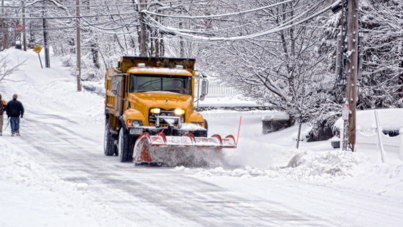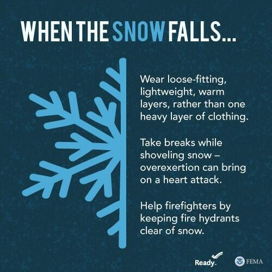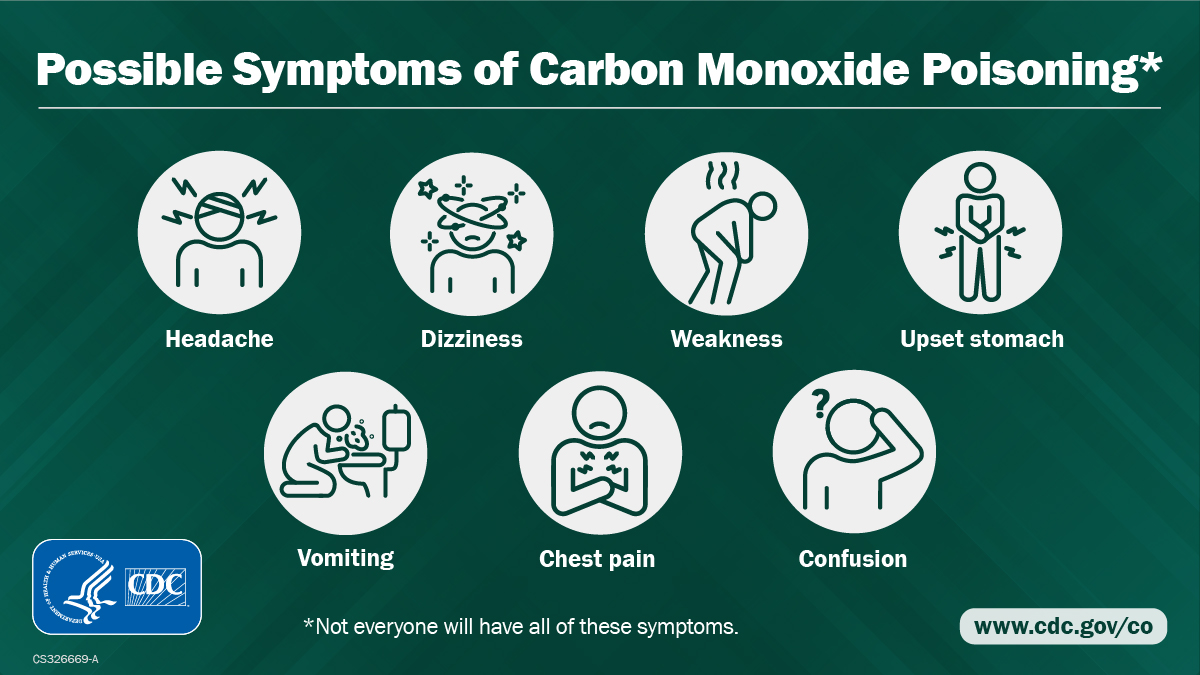Winter Storms
All areas of St. Mary’s County are subject to the effects of winter storms. These storms may include snow, freezing rain, sleet, and extreme cold. Major winter storms and occasional blizzard conditions bring bursts of heavy snow accumulating 3-6 inches in short periods or 1-2 feet in 24 hours.
Snow Emergency Plan
Once a snow emergency is declared, the law requires certain precautions:
- Prohibited parking on roads and streets that are designated as snow emergency routes.
- The use of snow tires/chains (most cars now use all weather tires, so changing to snow tires is unnecessary).
To view active snow emergencies in Maryland, access the Maryland Department of Transportation Coordinated Highways Action Response Team (CHART).

Snow Removal
The St. Mary’s County Department of Public Works and Transportation clears snow on county-maintained roadways. To view an interactive Service Area Map showing plowed roads, click here.
Warming Centers
During extreme cold events or winter storms, warming centers may be opened to be utilized by the public. Sign up for St. Mary’s County Government news alerts or check social media for up-to-date information on locations and hours of operation.
Winter Storm Preparedness

- Prepare your home to keep out the cold with insulation, caulking, and weather stripping.
- When temperatures dip below freezing, leave a small drip running to keep your pipes from freezing.
- Install and test smoke alarms and carbon monoxide detectors with battery backups.
- Limit time outside when temperatures are low and avoid going outside at all during a storm.
- If you must be outside, dress appropriately and avoid overexerting yourself. Take frequent breaks when shoveling snow or doing other labor-intensive tasks.
Home Heating Safety
Safety Alert
Avoid carbon monoxide (CO) poisoning. Only use generators outdoors and away from windows. Never heat your home with a gas stovetop or oven
If you think you have been exposed to carbon monoxide, call 9-1-1 immediately.

Generators
- NEVER use a generator in an enclosed space, as carbon monoxide (CO) fumes can build up.
- Become familiar with the safety regulations that relate to your particular generator model.
- Make sure you have enough fuel to last at least 24 hours.
- Start your generator at least once a month to be sure it starts easily.
- Check the oil levels and change as needed.
- Install carbon monoxide detectors and be sure to change the batteries every six months.
- Keep your generator dry and protected from rain and snow while in use.
Space Heaters
- Plug heaters in directly to the wall outlet, don’t use an extension cord or power strip.
- Keep anything combustible (paper, curtains, blankets, etc.) at least three feet away from a space heater.
- Never leave a space heater unattended. Turn it off and unplug it before leaving the room or going to bed.
- Install smoke detectors in your home and be sure to replace the batteries every six months.
Fireplaces & Wood Stoves
- Keep the door on your wood stove closed unless adding wood or pellets or stoking the fire.
- Always use a metal or heat-tempered glass screen when using your fireplace.
- Never leave a fireplace or wood stove burning unattended. Put the fire out before leaving the room or going to bed.
- Keep a fire extinguisher near the wood stove or fireplace.
- Install smoke detectors in your home and be sure to replace the batteries every six months.
Never heat your home with appliances that weren’t intended for that purpose, such as cooking stoves or ovens.
